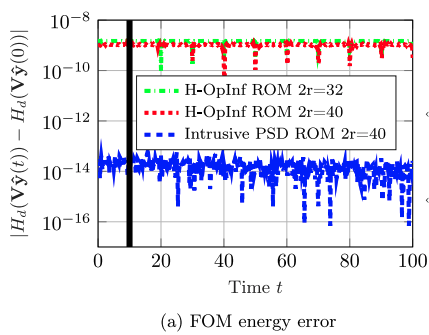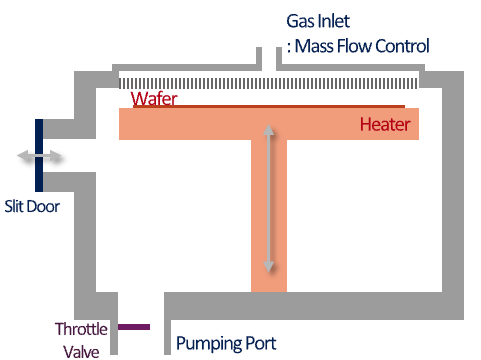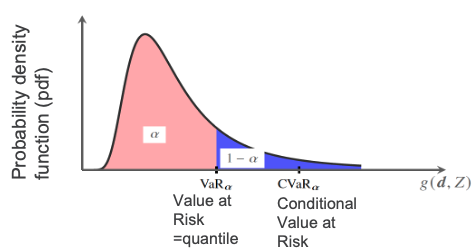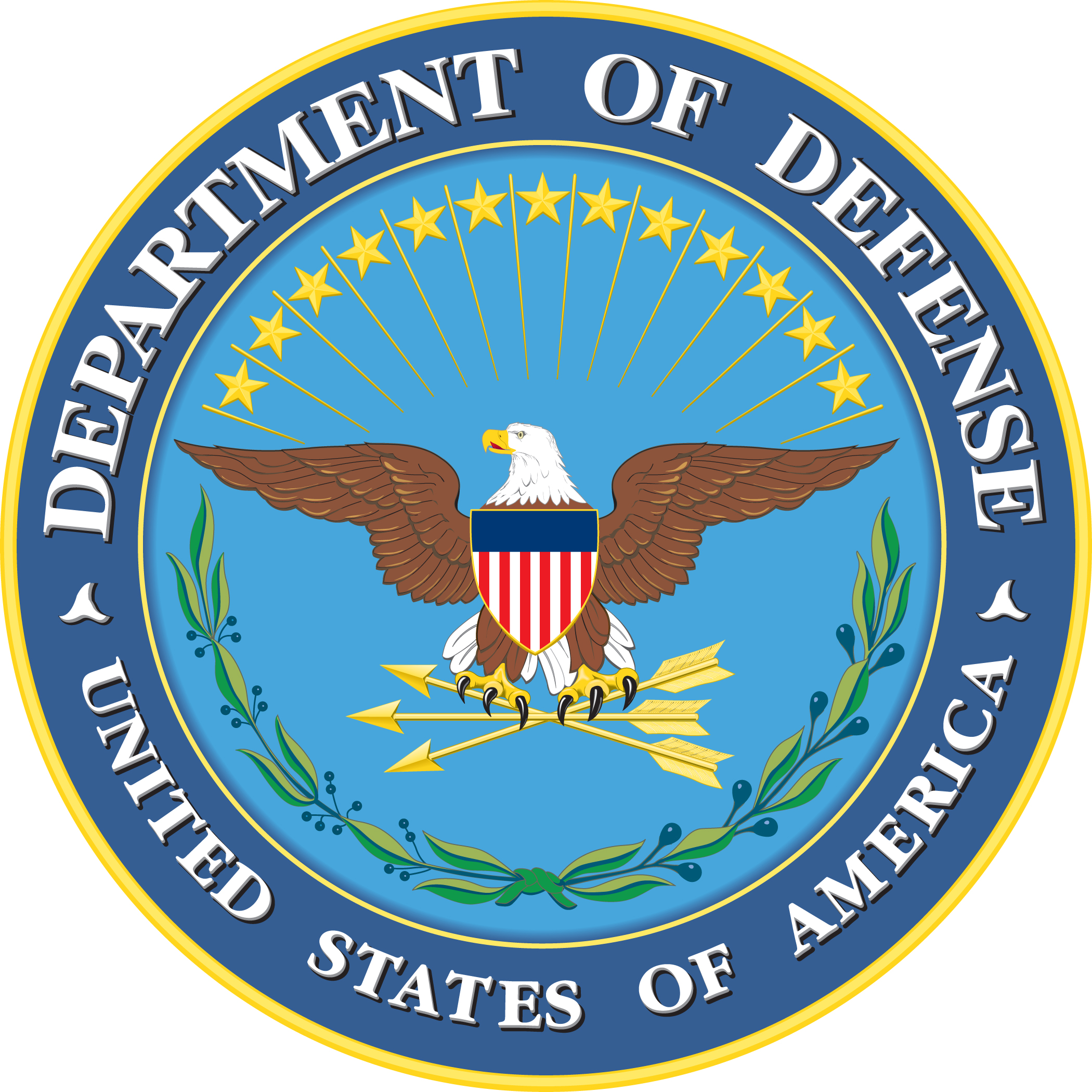Research Summary

Our group is working on computational methods and numerical analysis for control, uncertainty quantification and optimization of complex and large-scale dynamical systems. Specifically, our research centers around reduced-order modeling and it's applications in many-query settings. Within reduced-order modeling we work on linear and nonlinear techniques and projection-based and fully data-driven, specifically on structure preservation (Lagrangian, Hamiltonian, gradient structure, port-Hamiltonian), system theoretic model reduction (e.g., balanced truncation, eigensystem realization) and also proper orthogonal decomposition. Within uncertainty quantification, we work on coherent risk estimation and certified risk-based design optimization (with conditional value-at-risk and buffered probabilities), reliability-based design optimization, multifideltiy UQ methods, and Bayesian inference. Working mainly in methods development, our research is interdisciplinary, both with respect to computational-science domains (computer science, engineering, mathematics) and applications (reactive and non-reactive fluids, cell biology, soft robotics, space weather, continuum mechanics, plasma physics, etc).
Research Topics
Reduced-order modeling
Reduced-order modeling describes a mathematical set of tools to reduce the complexity of high-dimensional systems via projection in the time domain, interpolation in the frequency domain, or by learning reduced-order models purely from data. Specifically, our research centers around:
Multifidelity uncertainty quantification (UQ) and design under uncertainty
In the presence of parametric and model form uncertainty, quantifying and managing uncertainties is key for decision makers and engineers. One aspect of this area focuses on computing statistical information such as mean and variance, or other information about the distribution of quantities of interest, such as coherent risk measures (CVaR, buffered probabilities, see [J20]). Traditionally, this would often require a large number of expensive model evaluations, rendering high-fidelity models infeasible to be used for this task. Multifidelity UQ leverages information from models of varying fidelity and computational cost to efficiently solve the UQ task at hand. Such methods are attractive as they move most of the computational work to lower fidelity models and decrease the number of expensive high-fidelity model evaluations. In this area, our research connects often with reduced-order modeling and more generally statistical surrogate modeling, as follows:
Variable transformations and lifting
Evolutionary processes in engineering and science are often modeled with nonlinear non-autonomous ordinary differential equations that describe the time evolution of the states of the system, i.e., the physically necessary and relevant variables (c.f., the short survey [J22]). However, these models are not unique: the same evolutionary process can be modeled with different variables, which can have a tremendous impact on computational modeling and analysis. This idea of variable transformation (referred to as lifting when extra variables are added) to promote model structure is found across different communities, with literature spanning half a century. Our group is interested in exploring variable transformations for ROM learning ([J12, J14, C06, C08, C09]) discovery and exploitation of structure ([J19]) and especially designing algorithms and provable guarantees for finding such transformations ([J31]).
Current Projects
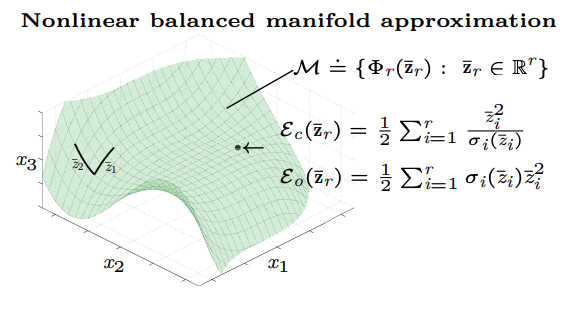

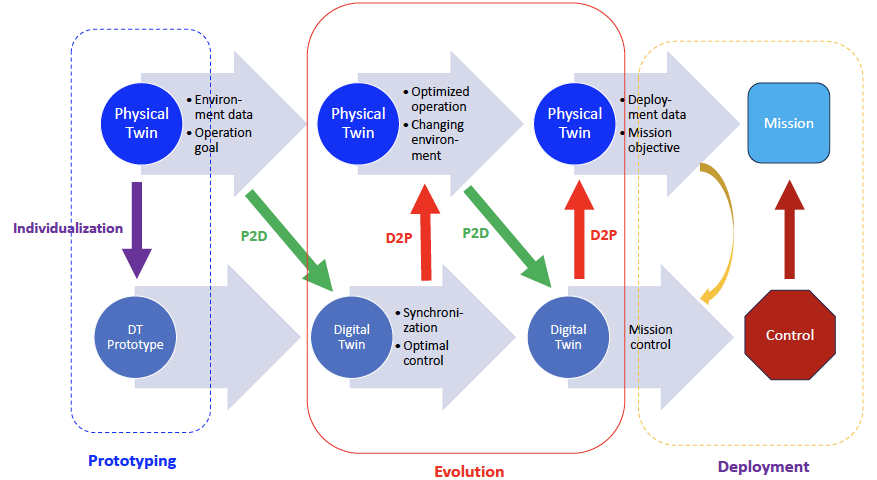

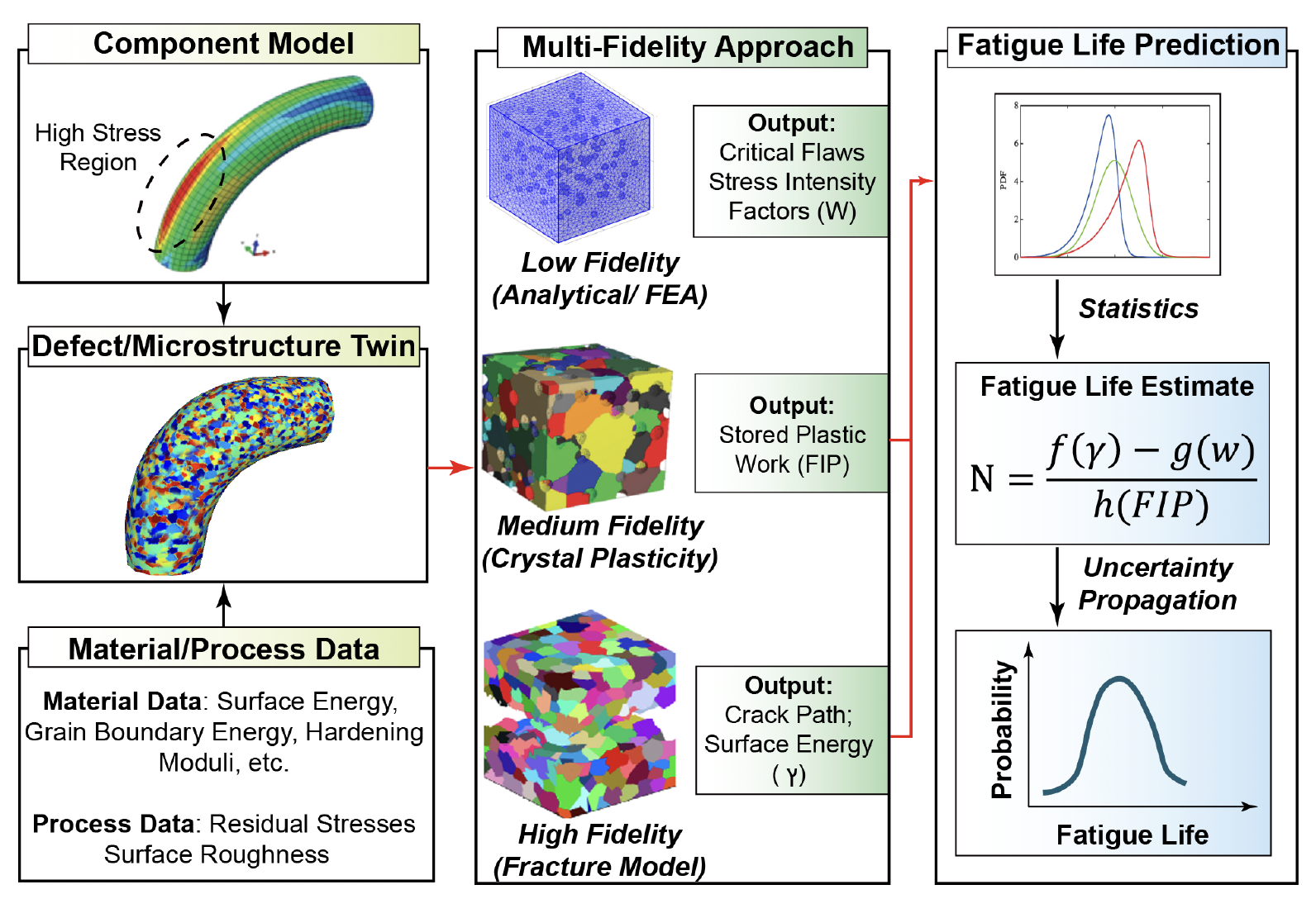
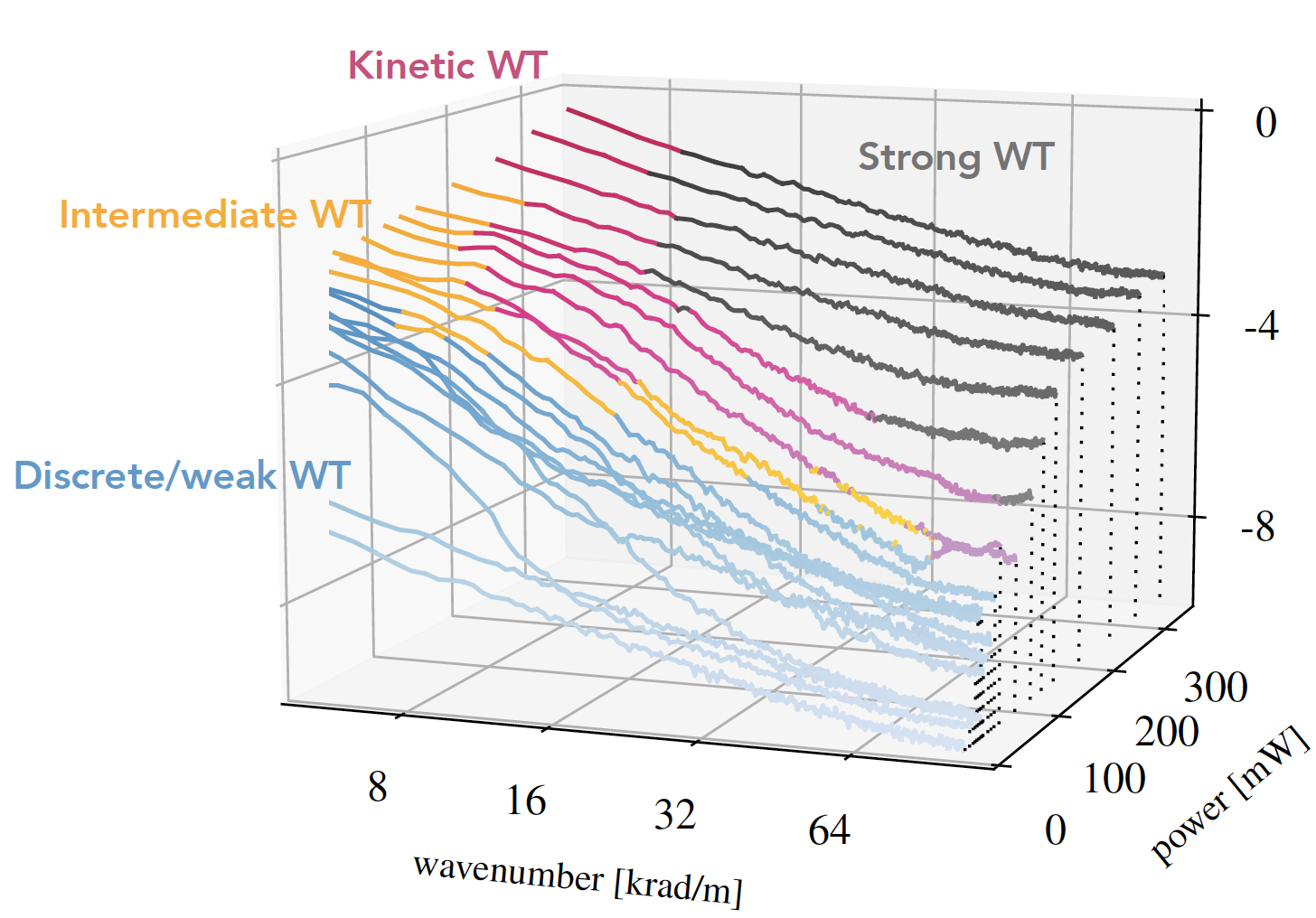
Past Projects
